
From condensation on your windows to mold spores on your walls, the common signs of high humidity in your home aren't hard to spot, but you need to know what you're looking for before effectively tackling it.
To keep your space comfortable, and these five warning signs at bay, you'll want to keep the humidity levels in your home between 30-50%, our experts say.
Here, our panel of heating pros delve into the most common signs of an overly-humid home, and advise how to reduce your home’s humidity levels.
The top signs of high humidity in your home
1. Condensation
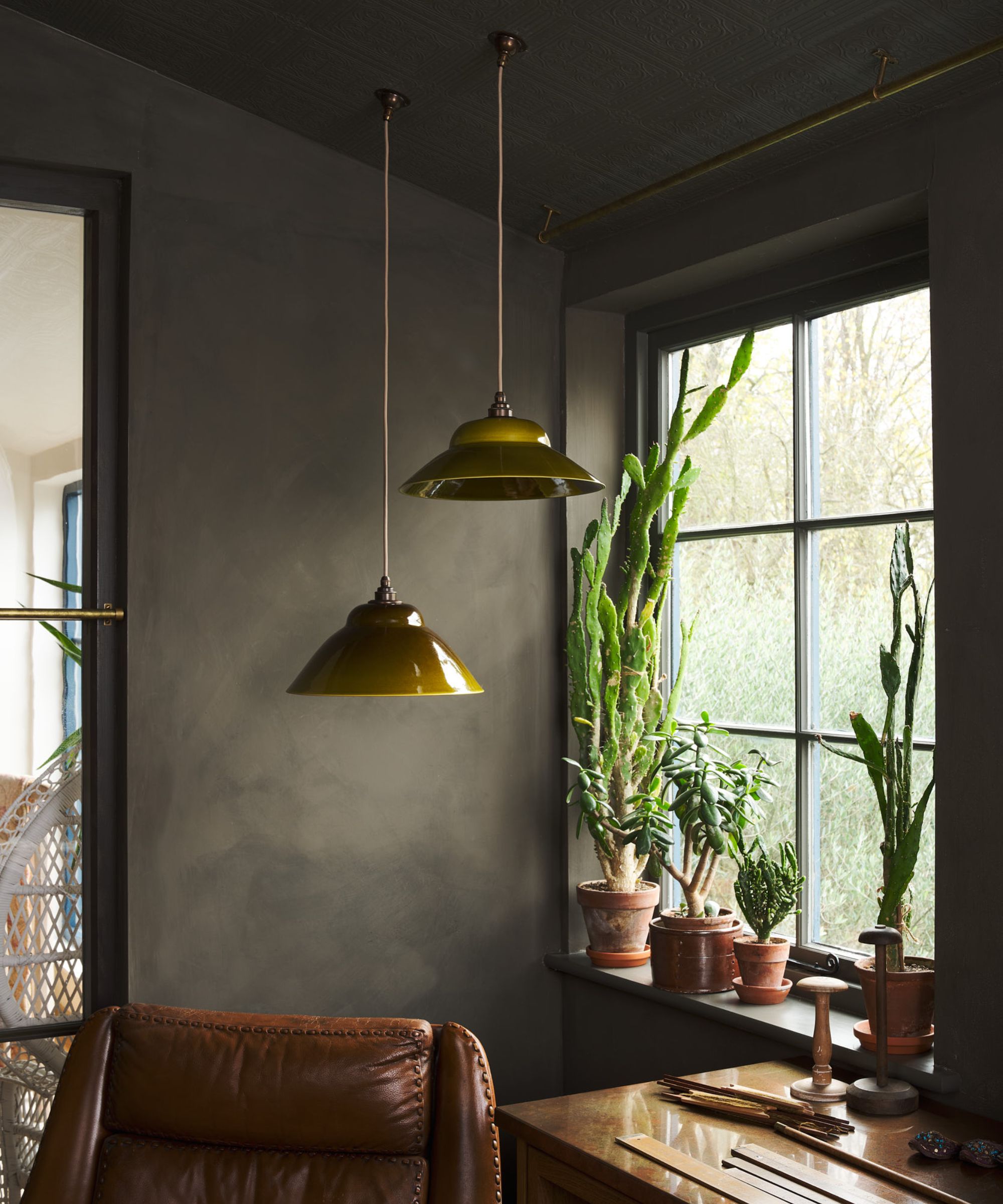
One of the main signs of high humidity in your home is condensation accumulating on the windows. Michael Wandschneider, director of product management at Marvin says these little droplets are caused by the warm, humid air inside your home meeting the cool glass protecting you from the weather outside.
'Many homeowners are surprised to learn that condensation is actually a sign your windows are working and maintaining the temperature inside of your home,' the expert explains.
So, how can you reduce condensation in your home?
Micheal says, ‘First, it’s important to select high-performing windows that are designed to maintain a significant temperature difference between the indoor and outdoor panes of glass when the sun hits during the winter months.
‘To reduce potential window condensation, it’s critical to make sure the air is moving throughout your home,' he says. 'Fans are a great way to help promote circulation.'
You can also use well-placed dehumidifiers to make condensation disappear as they remove extra moisture from the air.
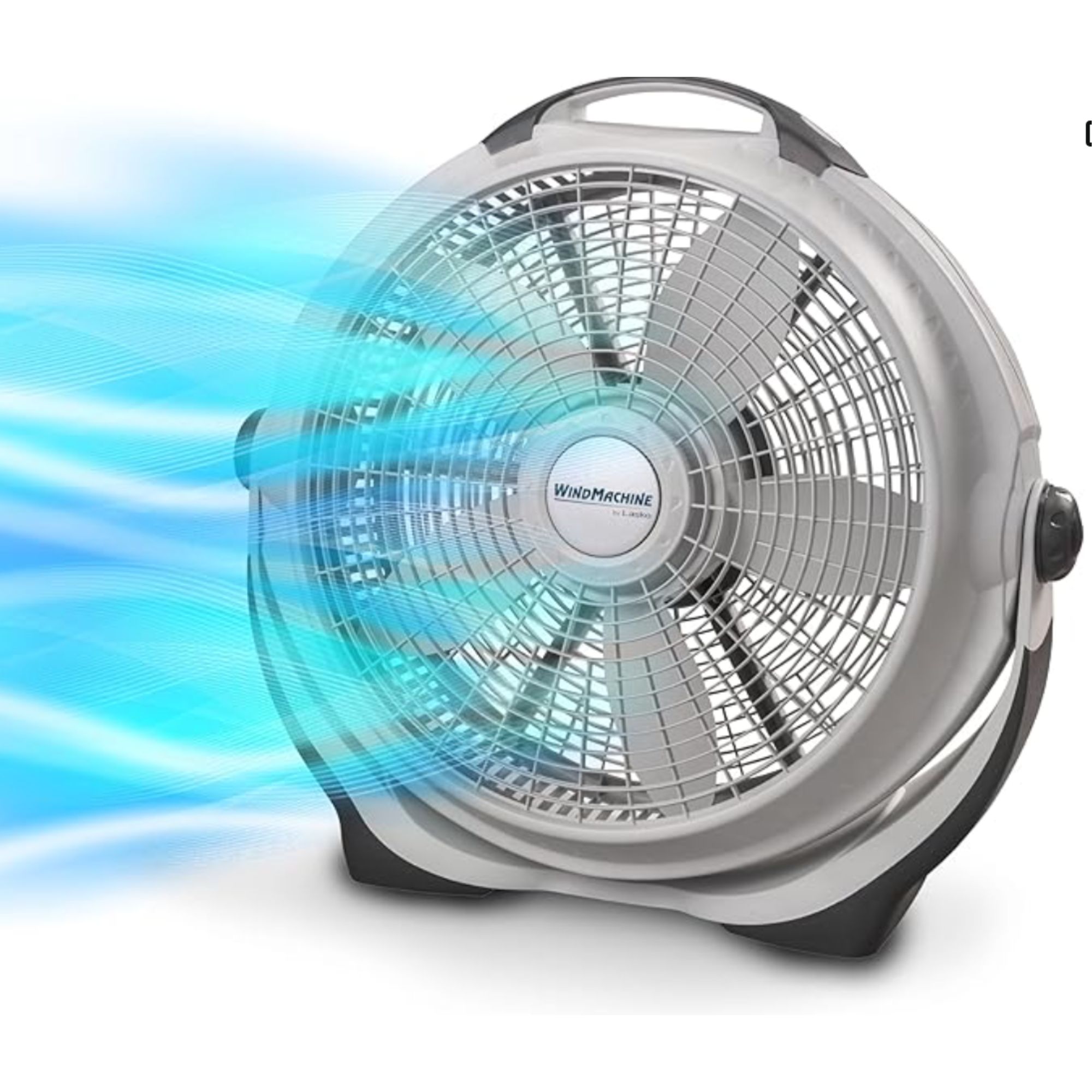
Coming with three high speeds and a pivoting head, this 20-inch fan is ideal for large spaces. Whether you need to breathe some fresh air into large spaces, prevent condensation from performing or you’re trying to cool down your space, this fan is up to the task.

Our home tech editor says, 'It may not have the largest water tank out there, but this 95 oz dehumidifier is a highly-rated option for good reason. It can remove a liter of moisture daily, with a sleep mode and automatic shutoff when needed.'
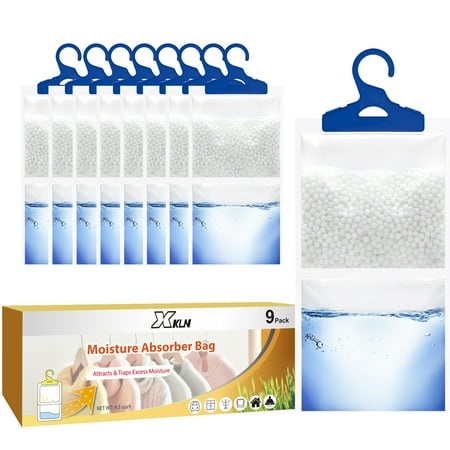
For a cheaper dehumidifying option, these handy hanging moisture absorbers can be tucked behind curtains, and therefore placed right where they are needed.
2. Mold and mildew growth

Black mold and mildew can damage surfaces, create an unpleasant smell and can cause allergic reactions. So if you spot this unsightly fungi growing, it can be a sign that the humidity is high in your home.
Explaining why, Mike Powell, home inspector and structural engineer at Florida-based Red Flag Home Inspection, says mold and mildew start to appear when excess moisture persists on surfaces, especially in areas with limited air circulation like basements, bathrooms, or behind furniture.
‘When moisture-laden air becomes stagnant, it is particularly problematic for mold growth. This is why behind furniture and within closed-door closets can become issues,' Mike says.
Thankfully, knowing how to get rid of black mold is not too difficult as you could use vinegar to kill mold. To do so, pour some vinegar into a spray bottle, such as the Glass Spray Bottles with Silicone Sleeve Protection available at Amazon, and squirt the solution over the mold and wash it away with hot water, without scrubbing too hard.
We'd recommend using Great Value Distilled White Vinegar available at Walmart as it comes with 5% acidity, which makes it strong enough to kill mold spores.
If the surface area of the mold is large (more than 10 square feet), has penetrated deeply, or keeps recurring, it's time to call the pros.
3. Musty odors

Wondering why your house smells musty? Well, according to Mike, a musty smell often indicates the presence of stagnant water, mold or mildew. And, as we've just learned, we know the latter thrives in humid environments.
‘When excess moisture accumulates in porous materials like carpets, drywall, or wood, it fosters bacterial growth, which releases volatile organic compounds (VOCs) that are responsible for the perceptible odor,’ the expert says.
To help restore your humidity levels to the recommended 30-50%, a dehumidifier, such as the ALROCKET 5-Pint Dehumidifier with Timer from Walmart will help.
The good news is that once you have got your humidity levels under control, there are a number of easy to make your home smell nice like investing in some of the best candles and adding reed diffusers to your space.
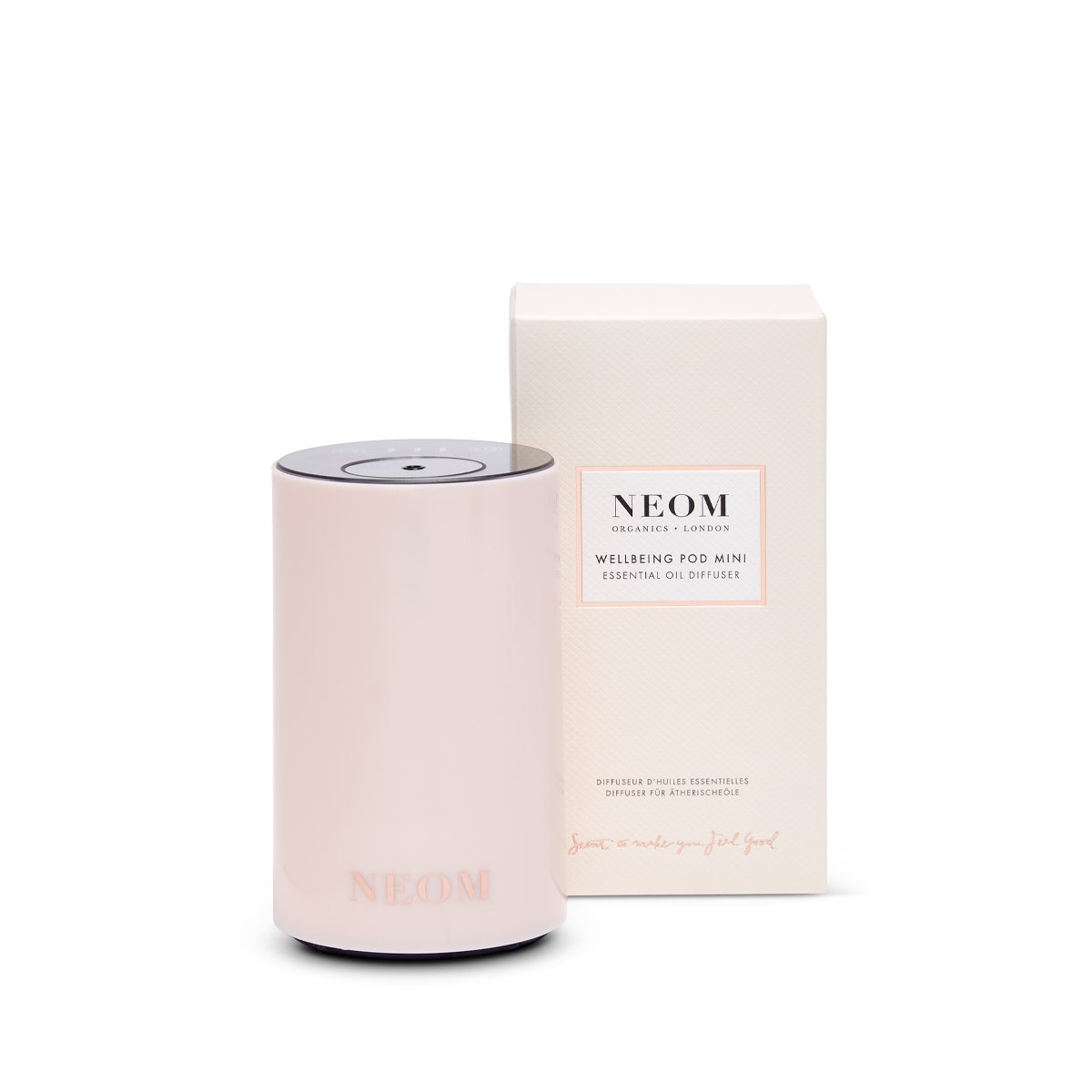
This portable little diffusers is brilliant for gently keeping your space well-scented. Head of Solved, Punteha van Terheyden has this and adds, 'It doesn't need water, is rechargeable and works brilliantly across my home.'
4. Peeling paint or wallpaper
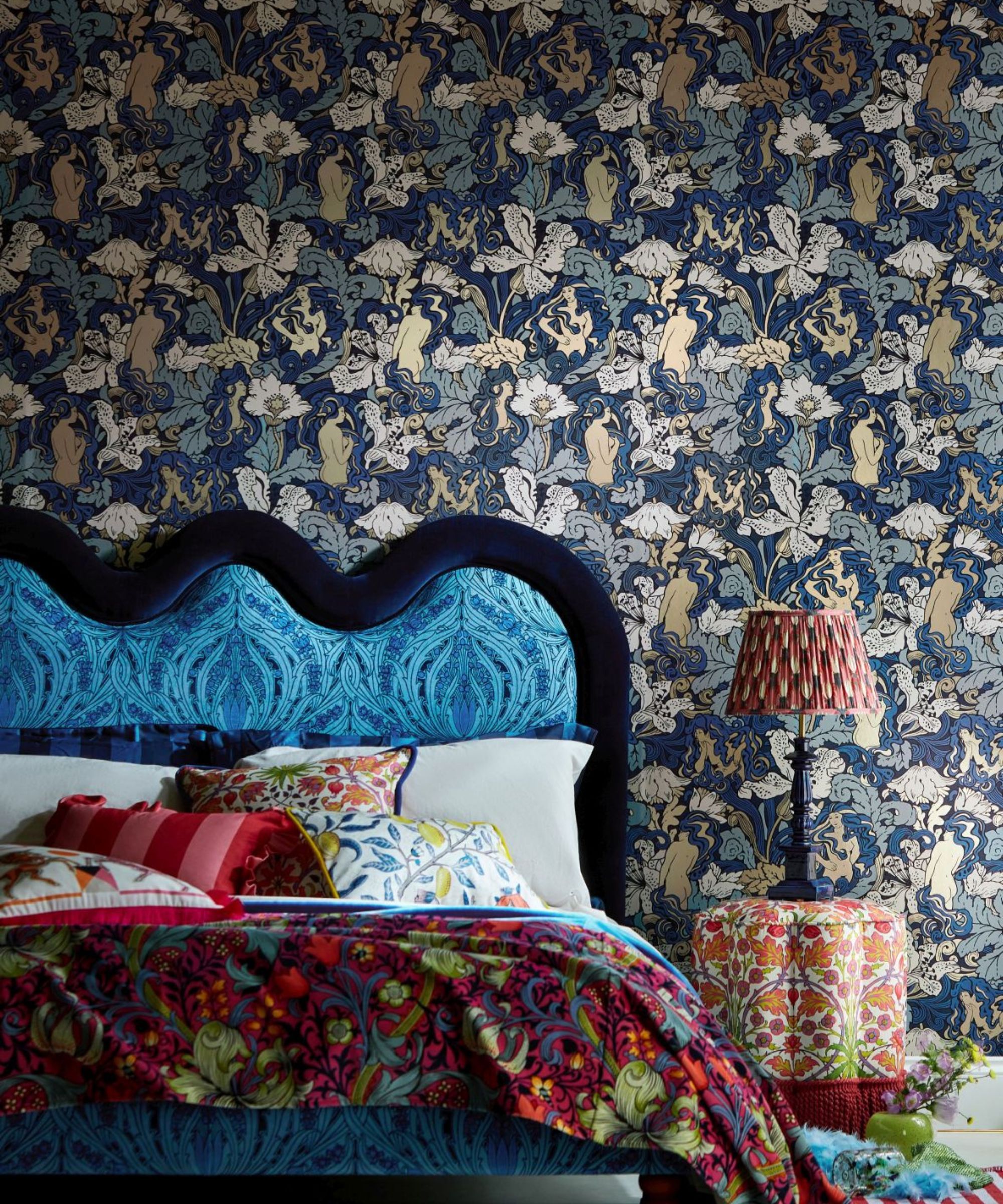
High humidity levels can also cause moisture to penetrate walls and ceilings, weakening the adhesive bond of paint or wallpaper.
‘Over time, the moisture causes paint wallpaper or paint to bubble, peel, or flake, particularly in poorly ventilated areas,' Mike explains.
Of course, picking up one of the best dehumidifiers can solve this high humidity problem. But if you do, it is important to avoid the most common dehumidifier mistake and ensure you pick the right size dehumidifier for your home.
5. Warped wood and flooring
As we've seen, moisture in the air can settle onto many surfaces. But if you have high humidity levels in your home, along with ruining your paint or wallpaper, it may also wreck your wooden floor, as this type of material can absorb water because it's hygroscopic (a tendency to take on moisture).
‘When exposed to consistently high humidity, wood absorbs moisture, causing it to swell, warp, or even rot if the issue persists,’ Mike explains.
Opening a window and making sure you have proper ventilation can help you reduce humidity levels at home. Some people also use salt as a cheap trick to get rid of condensation and decrease humidity levels.
Use a hygrometer, available at Amazon, to keep an eye on your home's humidity levels.
FAQs
Is 70% humidity too high for a house?
According to the United States Environmental Protection Agency, the recommended indoor relative humidity range for homes remains between 30% and 50%. This parameter is widely accepted as being the ideal humidity rangefor a healthy and comfortable home year-round.
Therefore, a humidity level of 70% would be too high for homes. Explaining why, home inspector Mike Powell says, ‘Most mold spores need humidity levels above 60% to grow, so staying below this keeps us safe.’
Now you’ve learned the warning flags for high humidity levels., it's worth discovering the signs that your four walls are suffering from low humidity, as the latter can be just as damaging.







